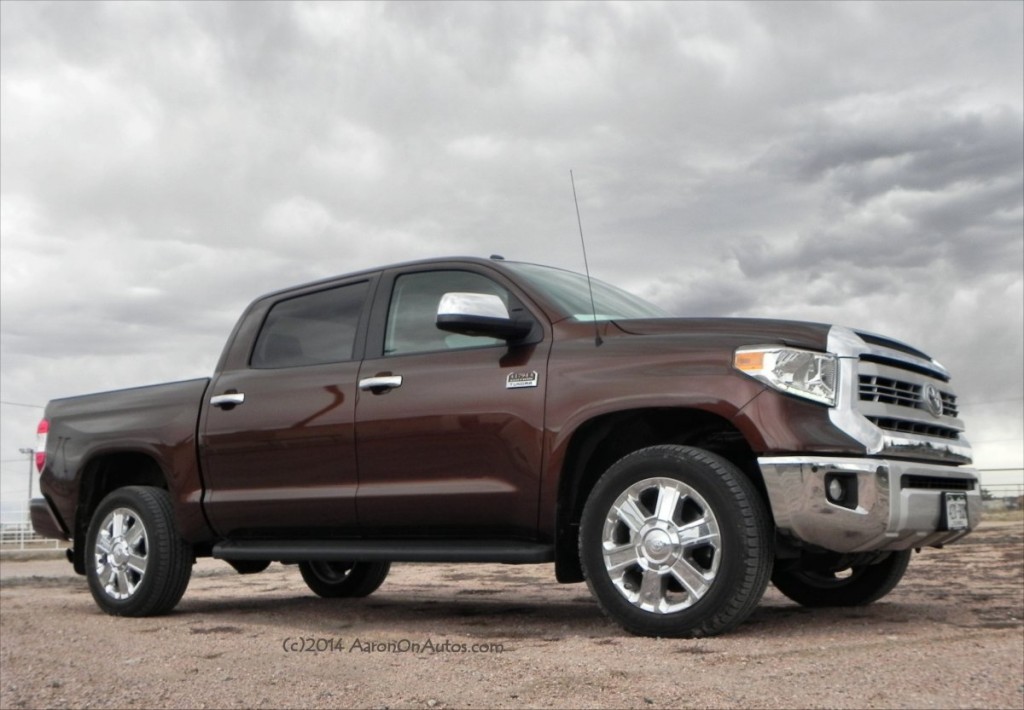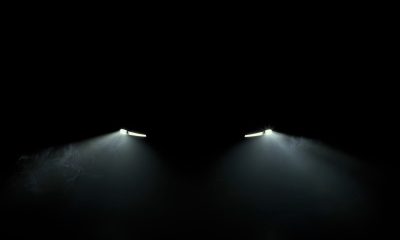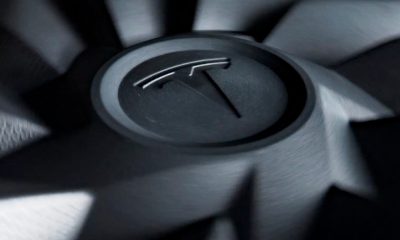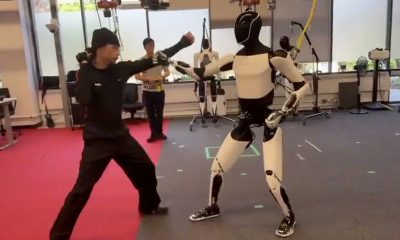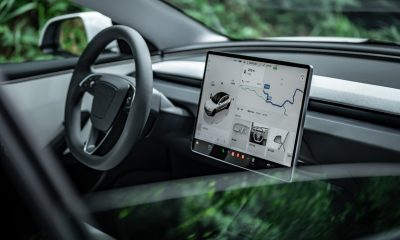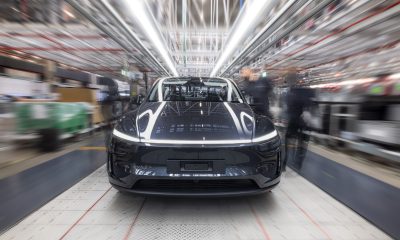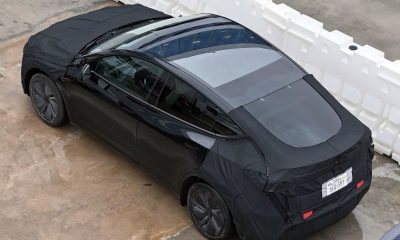News
The very real challenge of a Tesla Pickup Truck
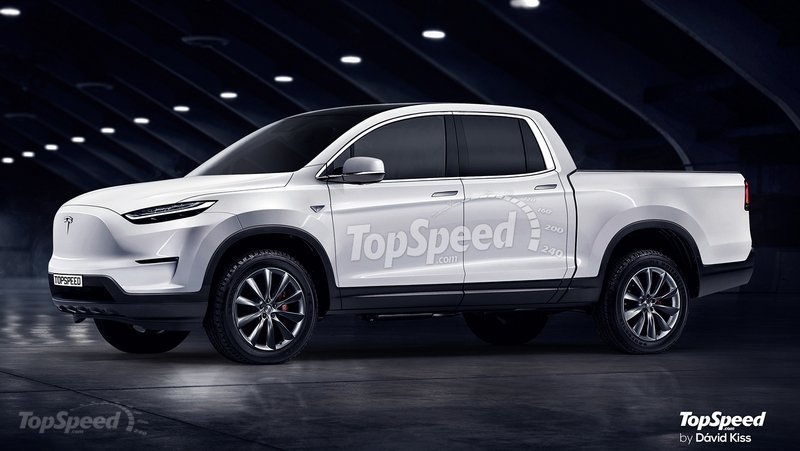
Call it the Tesla Truck, the Tesla Pickup Truck, or the Tesla-150, but CEO Elon Musk has made it clear as revealed in the company’s Master Plan, Part Deux that the electric carmaker plans to make a pickup and heavy-duty truck. In fact, he couldn’t be clearer: he stated in the past that plans call for something to compete with the best-selling light-duty vehicle on American roads: the Ford F-150. This precludes the idea of a small or mid-sized Tesla truck and says that Musk seems to be clearly aiming for a full-sized offering.
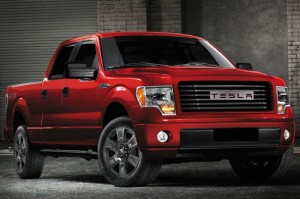 A full-sized electric truck seems like a lark to most truck owners and enthusiasts. I live in the heart of truck country, Wyoming, where pickup trucks equal passenger cars in numbers on the road and range from half-ton F-150s, 1500s, and Silverados to heavy-duty and diesel-driven duals. Although many enjoy scoffing at the wannabe cowboys who buy a big, shiny pickup and drive it to the office and back every day – never seeing dirt or any load larger than an IKEA furniture set – the core truck buyer and, indeed, the majority of truck owners do not fit that stereotype.
A full-sized electric truck seems like a lark to most truck owners and enthusiasts. I live in the heart of truck country, Wyoming, where pickup trucks equal passenger cars in numbers on the road and range from half-ton F-150s, 1500s, and Silverados to heavy-duty and diesel-driven duals. Although many enjoy scoffing at the wannabe cowboys who buy a big, shiny pickup and drive it to the office and back every day – never seeing dirt or any load larger than an IKEA furniture set – the core truck buyer and, indeed, the majority of truck owners do not fit that stereotype.
In general, truck owners fall into three categories: weekend warriors, offroaders, and workhorses. The weekend warrior uses a truck to tow toys (boats, RVs, what have you) and occasionally haul household construction goods for home improvement. The offroader buys the TRD, Pro-4X, and similar packages and spends a lot of time getting mud, dirt, and tree branches stuck on the truck (this would be my personal category, for the record). Finally, the workhorses are those who buy a truck to work with, either as a commercial vehicle or as a personal working machine – these include farmers, ranchers, commercial haulers, tradesmen, and so forth.
Traditionally, the largest truck market are the weekend warriors. These are the folks who buy a truck because they want to haul the family and their playthings around. They tow boats, jet skis, haul camping stuff, tote gear to the game, tailgate, and otherwise use their truck mostly as a recreational vehicle that may or may not be their everyday driver. Next to that market, and not as small as some might expect, are the workhorse buyers. These are the people who buy trucks to work with them and rely on them to get any of a number of jobs done. Most importantly to the industry, these are the repeat buyers – the ones who buy, trade-in and buy again (rinse, repeat). Where I live, for example, it’s not unusual for a rancher to buy a new truck every two or three years. Trading in a machine that will have over 100,000 miles on it is not unusual either. That’s 30,000-50,000 miles driven in only one year. For reference, as a commercial over-the-road driver, I put a little over 100,000 miles per year on my rig. Surveys of the truck market nationally show that in the traditional truck strongholds of the West, including Texas on up to the Dakotas and over to the coast, that kind of mileage is not unusual for the working pickup.
So let’s assume that Tesla plans to make a truck that will sell on the traditional pickup truck market in competition with the best-sellers from Ford, GM, and Ram. We can assume they won’t be doing a hard-core off-road package, but will aim for a 4×4 market in order to appeal to most truck buyers. Here’s a bullet list of criteria for a mainstream Tesla Truck offering, based on the most common features of a mainstream full-size pickup truck today:
- V8-like performance including roughly 400 hp and 380 lb-ft
- Extended and four-door cab offerings
- Cargo bed size of 5.5 feet with option for 7 feet
- Towing capacity of about 10,000 pounds
- Payload capacity of 1/2 ton to 3,000 pounds
- 4×4 capability
- Driving range, under load, of at least 150 miles
- Conventional styling and appeal
Those criteria make up the most common things truck buyers ask for. The recent revamp of the Toyota Tundra, for example, was mostly about style since the previous-generation Tundra was dated and didn’t look like a “beefy truck,” as one friend put it. This may be laughed at by the Teslarati, but it’s akin to the Model S having been designed to look like the Volkswagen Thing rather than the beautiful Euro-styled sedan it is. So don’t scoff.
Now that we have those basic requirements, let’s look at what Elon and Tesla would have to accomplish to make that happen.
For starters, the current powertrain in the Model S or Model X would not be sufficient. If put under load, towing a trailer for example, and with the aerodynamics of a pickup, the current powertrain would be lucky to achieve half the range required. Anyone who doubts this need only consider how much work went into Bob Lutz’ never-selling VIA truck and its plug-in hybrid powertrain, which together only produce marginal range when trailering at capacity. That’s an ICE (internal combustion engine) and electric drivetrain combined. Remember also that every pound of batteries added has a net-reduced benefit to the overall range of the vehicle as it also adds weight. Since Tesla isn’t currently using and hasn’t made a lot of noise about eventually using high-tech, high-density, bleeding-edge lithium batteries to lighten the battery’s weight, we can assume that the current Panasonic cells are what would power a Tesla Truck if it were made in the near future.
To tow a trailer at 7,000+ pounds would require an enormous amount of energy and to do so for a long range like truck owners would expect (e.g. to the lake and back) would be a feat. It’s not insurmountable, of course. There’s little doubt that Tesla’s engineers couldn’t overcome this obstacle, but it will be a huge one.
Matching V8-like performance would not be difficult – the Model S and Model X already does this and with the inherent strengths of an electric motor, namely torque from zero, the numbers actually required would be smaller than those needed for the gasoline equivalent.
Next comes another problem – off-road. With the problems the Model S has had in the past with undercarriage breaches on the highway, it’s easy to see concern when going fully off the road. Even the best of dirt roads are rough. Putting an under-pan, as Tesla has done may or may not work well with a truck. Skid plates are not unusual for trucks, of course, but they rarely run past the front engine compartment. Most of the safety is addressed by lifting components high up into the framing to minimize exposure. With a big, long, heavy battery pack, though, this is problematic. A skid plate may do the trick, but this would at the very least be a big marketing hassle for Tesla if nothing else.
Another big roadblock is going to be the price tag. In order to compete with the F-150 and its brethren, the Tesla Truck would need to sell at around the $30,000-$40,000 mark at entry-level. Truck buyers would probably be willing to pay a premium of $8,000, even $10,000 on the truck if the expected fuel savings are big and obvious. Yet even that premium markup is going to be a problem for Tesla because, well, unless of course the pickup will be based off the Model 3. This is where the Gigafactory could possibly pay off, but at this point, that is only an idea that is likely to become reality, but until it is, we have no idea how real its cost-savings in terms of dollars per kWh will be.
Finally, for sake of space, we have not even mentioned dealership woes. The top truck markets are well outside of Tesla’s best markets for the Model S and Model X. Some of those markets, such as Texas, are off limits to Tesla’s direct sales entirely. Yet if that’s overcome, there’s also marketing. Not only are pickup truck buyers exceedingly brand loyal (just ask Toyota and Nissan how easy it is to penetrate the full-sized market), but they’re finicky as well.
The conclusion? Tesla could likely, eventually, field a full-sized pickup truck capable of competing with the F-150, but the challenges are huge. Just as Elon likes ’em. Will they do it? Good question, but it’s fair to say that if they do, they may be treading on the thin crust of a deep, deep lake.
Feature image via Topspeed
News
Tesla all but confirms that affordable Model Y is coming Tuesday
It does appear that October 7 would be the date when the world sees Tesla’s actual idea of what an affordable vehicle would be like.
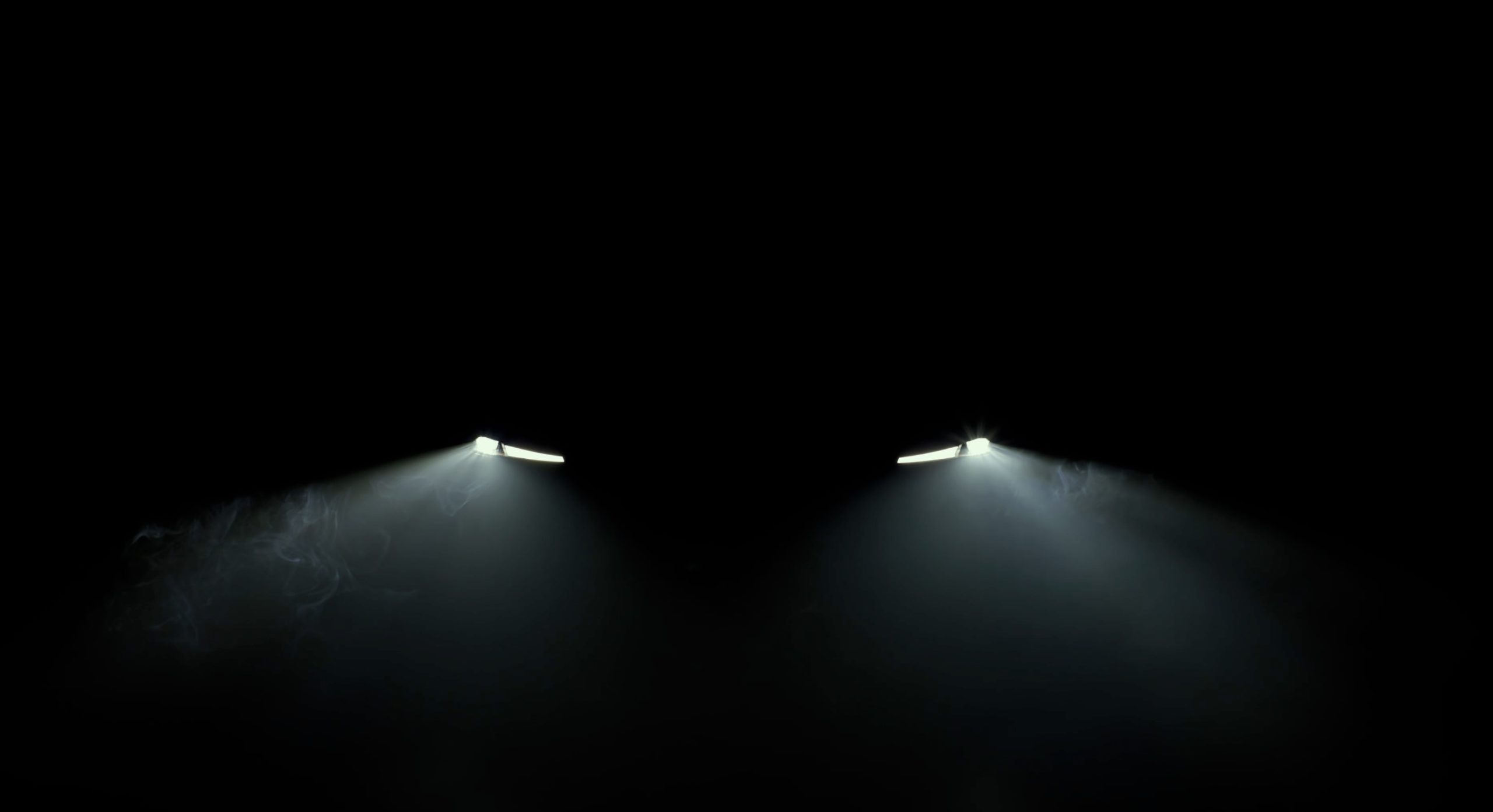
Tesla has released a cryptic teaser of a product that would be announced on Tuesday, October 7, 2025. Based on the company’s hint, it does appear that the product would be the affordable Model Y that has been spotted doing road tests across the country over the past months.
Affordable Model Y sightings
Last week, news emerged that a number of key Tesla influencers visited Gigafactory Texas for a private event. These included veteran Tesla YouTubers, car reviewers, influencers on X, and even a teardown expert who provided the initial insights on how to improve the original Model 3 sedan. At the same time, an uncovered unit of the apparent affordable Model Y was posted online. The vehicle was reportedly sighted close to Giga Texas.
The new Model Y variant had some notable changes from the standard Model Y. Its fascia seemed inspired by the Model 3 sedan instead of the Cybertruck, and its roof seemed blacked out. Overall, it looked like a simpler Model Y designed to be offered at an affordable price.
The weekend teasers
Teasers about an upcoming product were posted by Tesla’s official account on social media platform X, though the electric vehicle maker made it a point to keep things very vague. Initially, a closeup video of what appeared to be an aero wheel was posted, though it was vague enough that some speculated that it could be Elon Musk’s long-announced HVAC system instead.
On Sunday, another teaser video was posted featuring the headlights of a new car. This brought speculations that the new Roadster might finally be announced. Inasmuch as a new Roadster unveiling would be exciting, however, it was evident that the headlights in the new teaser were a match to the uncovered affordable Model Y unit that was spotted close to Giga Texas a few days ago. With this in mind, it does appear that October 7 would be the date when the world sees Tesla’s actual idea of what an affordable vehicle would be like.
Elon Musk
Tesla releases cryptic teaser for something massive and it’s coming this week
On Sunday morning, Tesla released a nine-second teaser video of what appears to be either a vehicle wheel, fan, or some sort of propeller, but there are no real clues as to what it could be exactly.
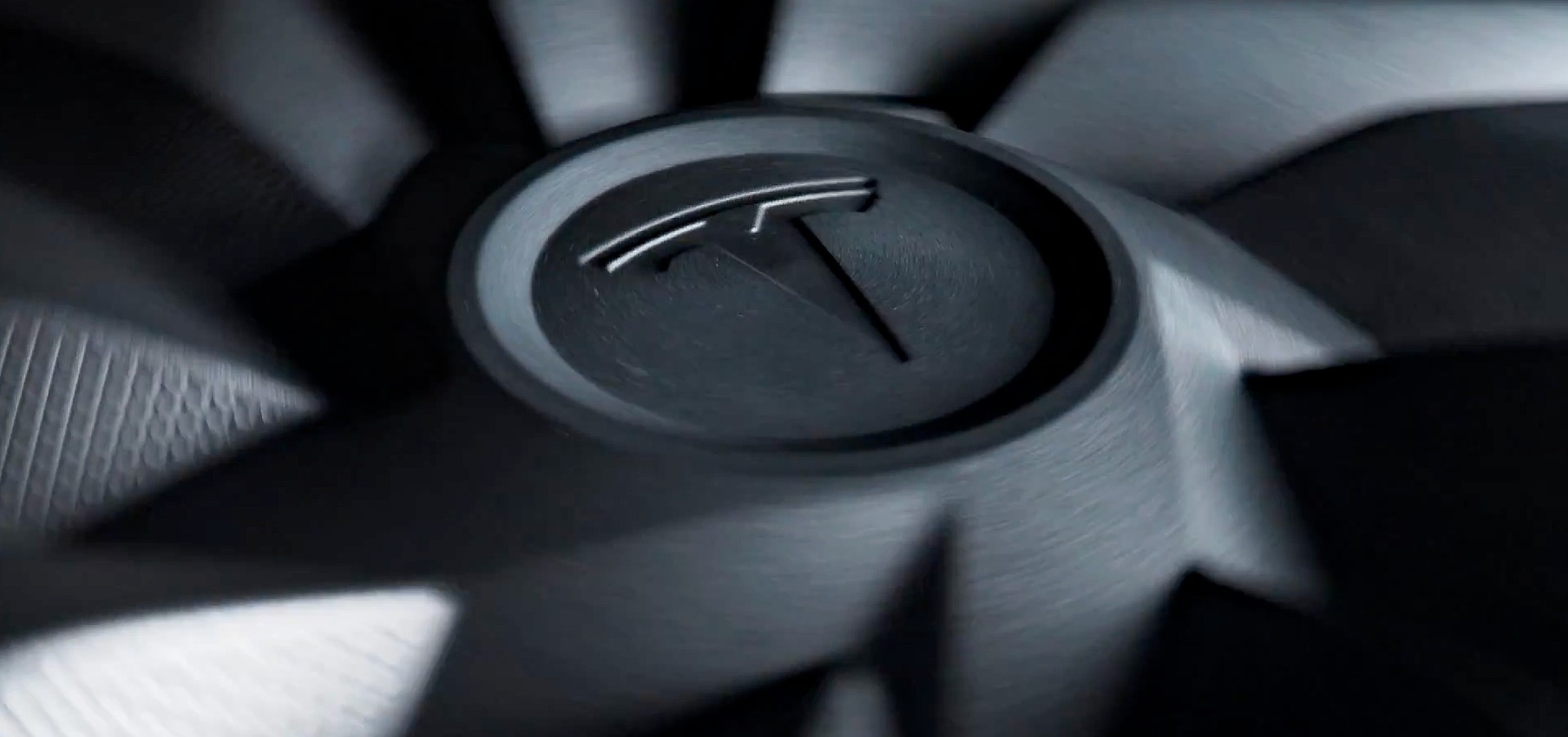
Tesla has released a cryptic teaser for something massive, and it will release details on it this week. With many different projects in the works, there is a lot of speculation going on about what it could potentially be, but we have a few ideas.
On Sunday morning, Tesla released a nine-second teaser video of what appears to be either a vehicle wheel, fan, or some sort of propeller, but there are no real clues as to what it could be exactly.
It then ends with “10/7,” meaning it will announce something on October 7, which is this Tuesday:
— Tesla (@Tesla) October 5, 2025
Given that Tesla has been working on a handful of pretty notable projects that are set for unveiling at the end of this year, and there are some clues that seem to point in their direction with this short teaser video.
There are two projects that come to mind almost immediately: the Tesla Roadster is one, and the “E41” or affordable model is the other. Here’s what we know about both:
Tesla Roadster Demo Event
Tesla said earlier this year that it would have a demo event for the Roadster to unveil some new technologies and show off what it has been working on over the past few years.
There have been a lot of crazy things in the works for the Roadster, including a SpaceX package that would use cold-gas thrusters for an insane 1.1-second 0-60 MPH acceleration rate. This package was also supposed to help it hover, something CEO Elon Musk has teased for the past few years.
The Roadster was ready for release earlier this year, but after Chief Designer Franz von Holzhausen and VP of Powertrain Lars Moravy showed Musk what they had come up with, he wanted more.
Moravy said on the Ride the Lightning podcast earlier this year:
“What we had come up with exceeded what we originally planned. So, Elon was like, ‘Wow, great. Let’s do more!'”
The Roadster event was coined as “the most epic demo,” and since it was planned for the end of 2025, it is totally feasible to believe this could be it.
Tesla ‘E41’ Affordable Model
Some believe the teaser could be the official launch of Tesla’s affordable model, which Musk said earlier this year is simply a stripped down Model Y.
There have been some sightings of this vehicle in the past few weeks, including one on Friday that showed the vehicle completely uncovered for the first time:
🚨 It looks like the new affordable Tesla Model Y was spotted near Giga Texas
Model Y body with the Model 3 fascia, no glass roof, and looks as if there is a front bumper camera!
Should be coming soon! https://t.co/UAXQMHjM23 pic.twitter.com/9lC5te9GnW
— TESLARATI (@Teslarati) October 3, 2025
The launch of the affordable model makes sense, especially from a timing perspective. With the $7,500 EV tax credit officially coming to a close on September 30, many are wondering how Tesla will spark growth in its deliveries. A more affordable EV would be the perfect response, and it is something that Tesla has been working on for some time.
Other Potential Ideas
There are some pretty interesting ideas as to what the teaser could be apart from the Roadster or affordable model. Some believe it could be a cooling fan for a GPU cluster, which would make sense considering Tesla’s prowess in data.
Grok also made an interesting guess, stating it could be a propeller for a secret air taxi Tesla is developing. This seems sort of our of left field.
We do know Tesla hosted a handful of influencers at Gigafactory Texas this past week, so whatever the company showed them is likely what will be unveiled on Tuesday.
News
Tesla Optimus is learning martial arts in new video teasing capabilities
For the past few months, Tesla has been refining its capabilities and making some serious progress on what Optimus is capable of. This morning, Musk released a new video showing Optimus learning Kung Fu, perhaps its most impressive feat yet.
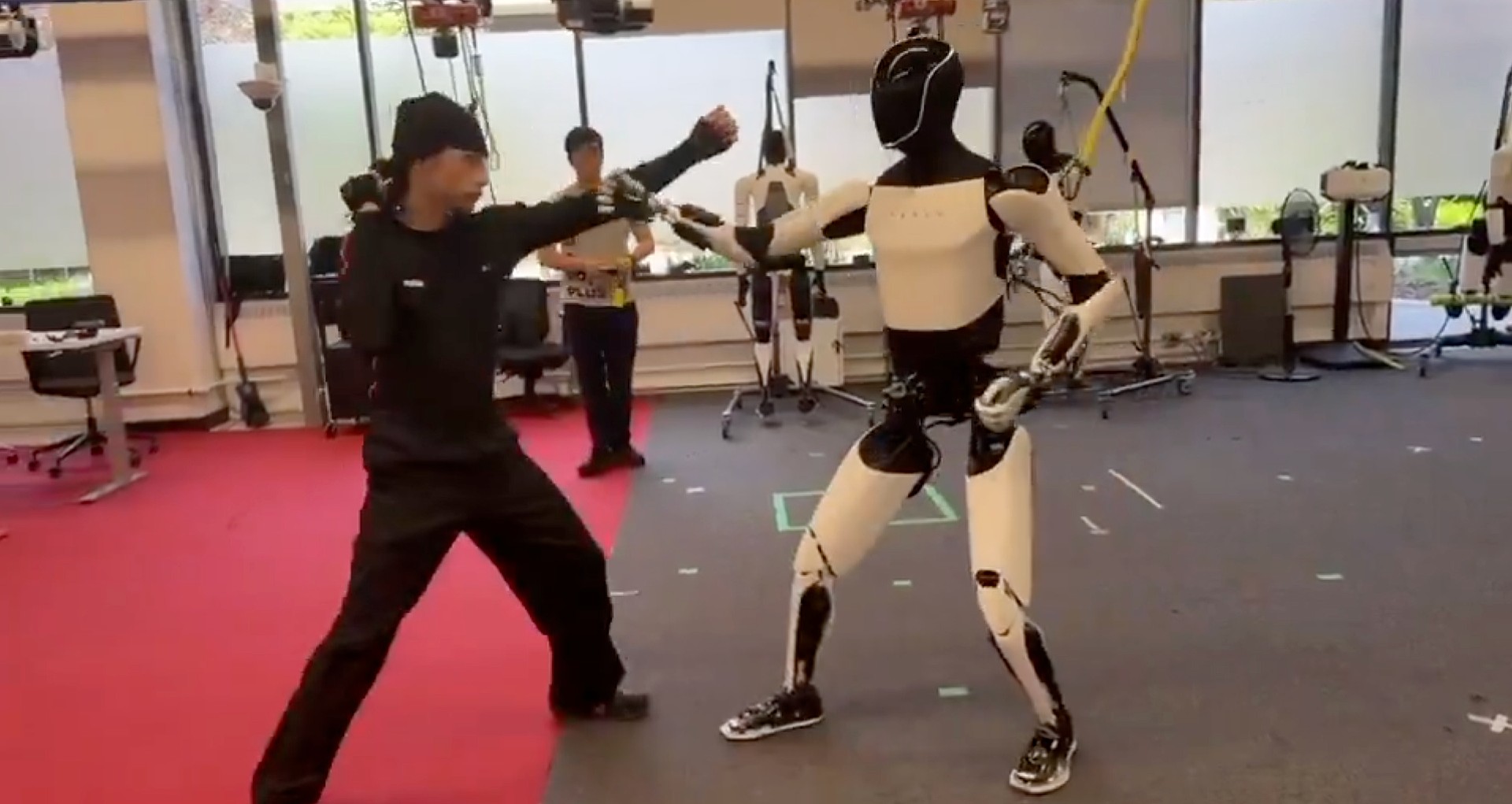
Tesla Optimus is learning martial arts, a new video released by CEO Elon Musk shows, a crazy development and advancement in the robotics project the company has been working on for a few years.
Optimus has been a major focus of Tesla for the past several years, especially as Musk has said he believes it will be the biggest product of all time and could be the biggest contributor to the company’s valuation.
For the past few months, Tesla has been refining its capabilities and making some serious progress on what Optimus is capable of. This morning, Musk released a new video showing Optimus learning Kung Fu, perhaps its most impressive feat yet:
Tesla Optimus learning Kung Fu pic.twitter.com/ziEuiiKWn7
— Elon Musk (@elonmusk) October 4, 2025
The video shows Optimus working with a Kung Fu teacher, known as a Shifu, going through what appears to be some sort of routine of combinations. It’s quite impressive to see the fluidity of the movements and Optimus’s ability to keep up with Shifu.
Tesla has been “working hard” to scale Optimus production, Musk said last week, a project that has obviously confronted both AI and manufacturing teams with a variety of challenges.
The plan is to have an annual production run-rate of one million units by 2030, and there were plans to build 5,000 units this year.
Musk still believes Optimus will make up roughly 80 percent of Tesla’s value. In January, he said it would be “overwhelmingly the value of the company.”
Tesla plans to launch the Gen 3 version of Optimus soon, and although a video of a new-look prototype was released by Marc Benioff, the CEO of Salesforce, the company’s frontman stated that this was not what the next-generation prototype would look like.
Elon Musk confirms Tesla has never shown Optimus V3 design yet
This video seems to show there is still significant progress being made on the Optimus project, and it will be perhaps one of the most impressive humanoid robots available to consumers in the coming years.
-

 Elon Musk2 weeks ago
Elon Musk2 weeks agoTesla FSD V14 set for early wide release next week: Elon Musk
-
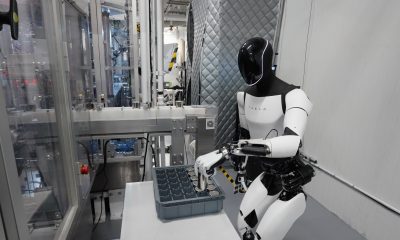
 News1 week ago
News1 week agoElon Musk gives update on Tesla Optimus progress
-
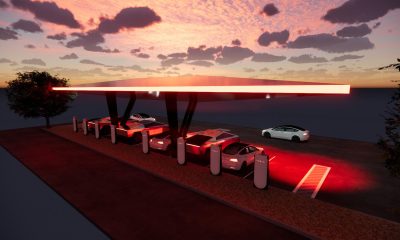
 News2 weeks ago
News2 weeks agoTesla has a new first with its Supercharger network
-
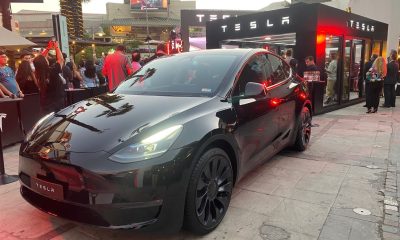
 News2 weeks ago
News2 weeks agoTesla job postings seem to show next surprise market entry
-
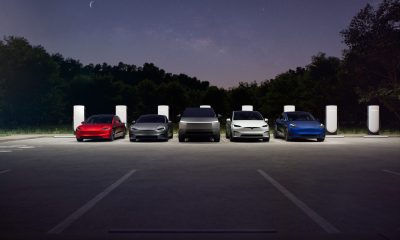
 News2 weeks ago
News2 weeks agoTesla makes a big change to reflect new IRS EV tax credit rules
-
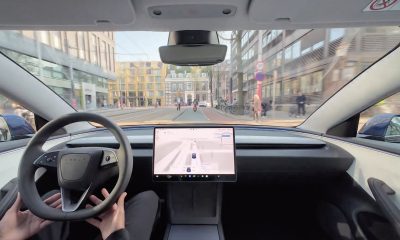
 Investor's Corner1 week ago
Investor's Corner1 week agoTesla gets new Street-high price target with high hopes for autonomy domination
-

 Lifestyle1 week ago
Lifestyle1 week ago500-mile test proves why Tesla Model Y still humiliates rivals in Europe
-
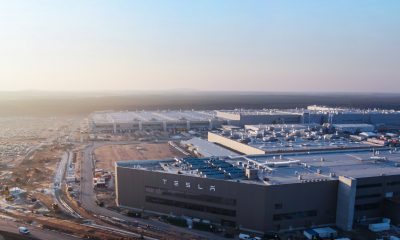
 News1 week ago
News1 week agoTesla Giga Berlin’s water consumption has achieved the unthinkable

